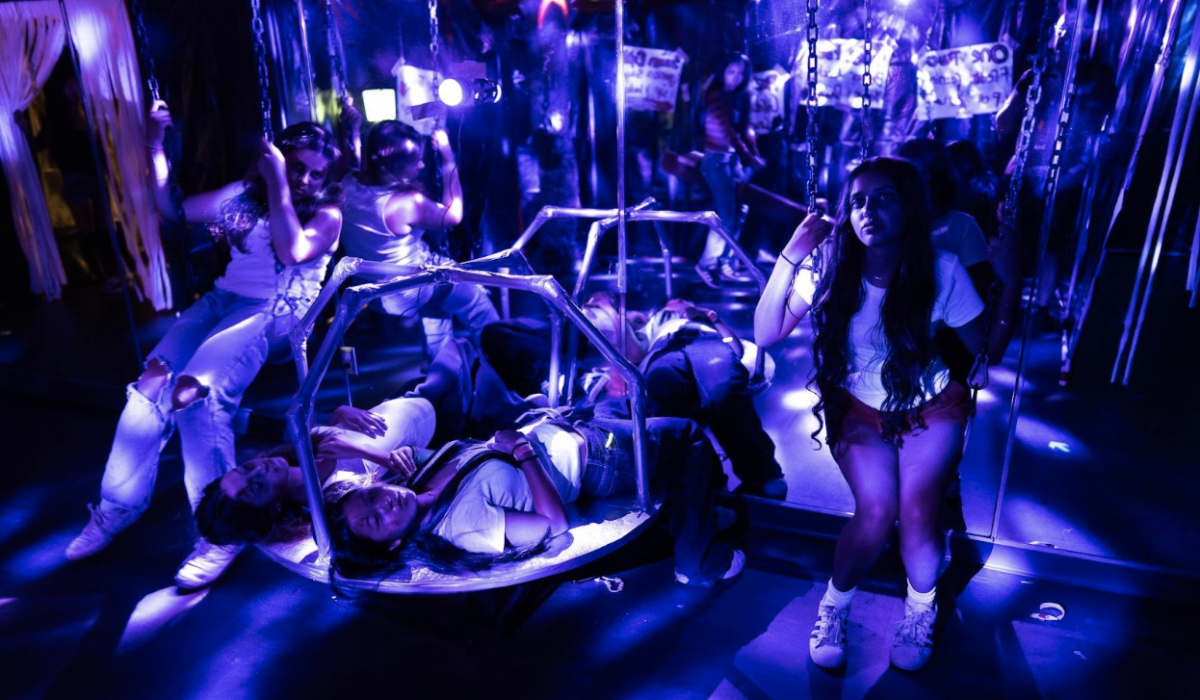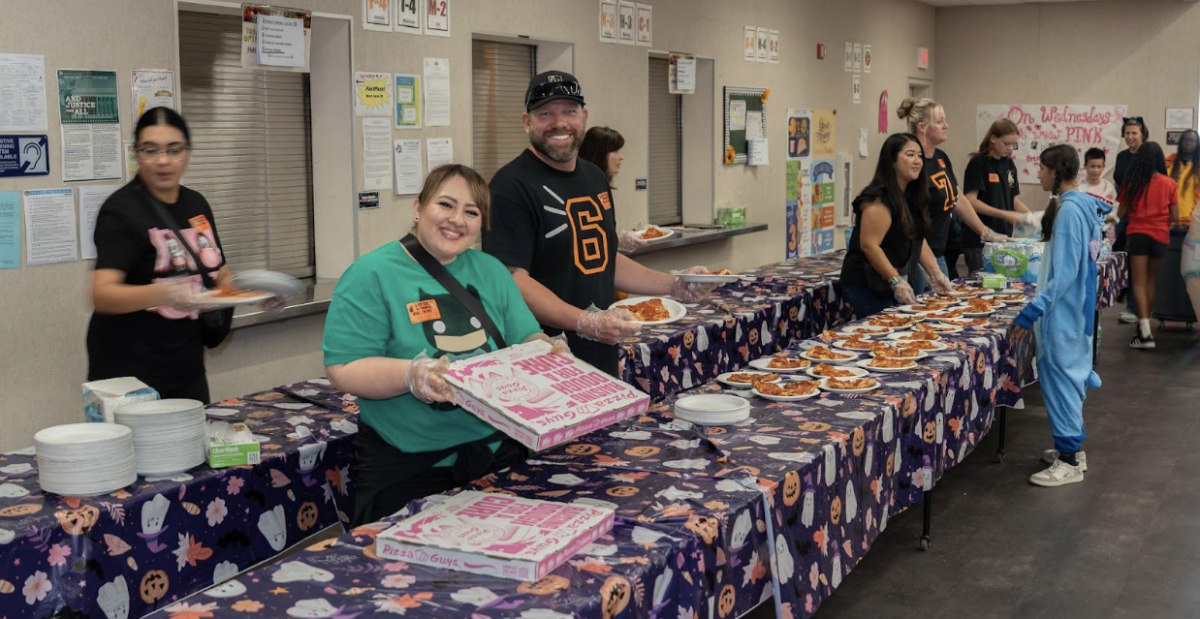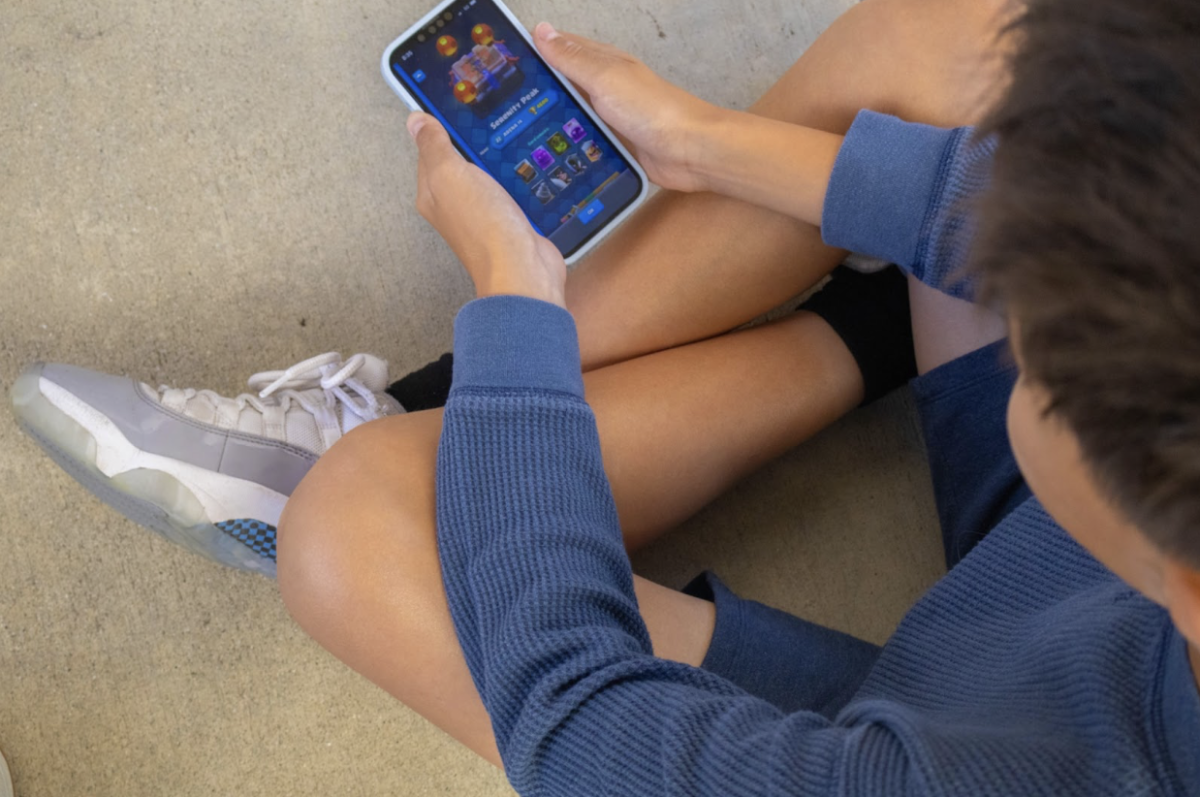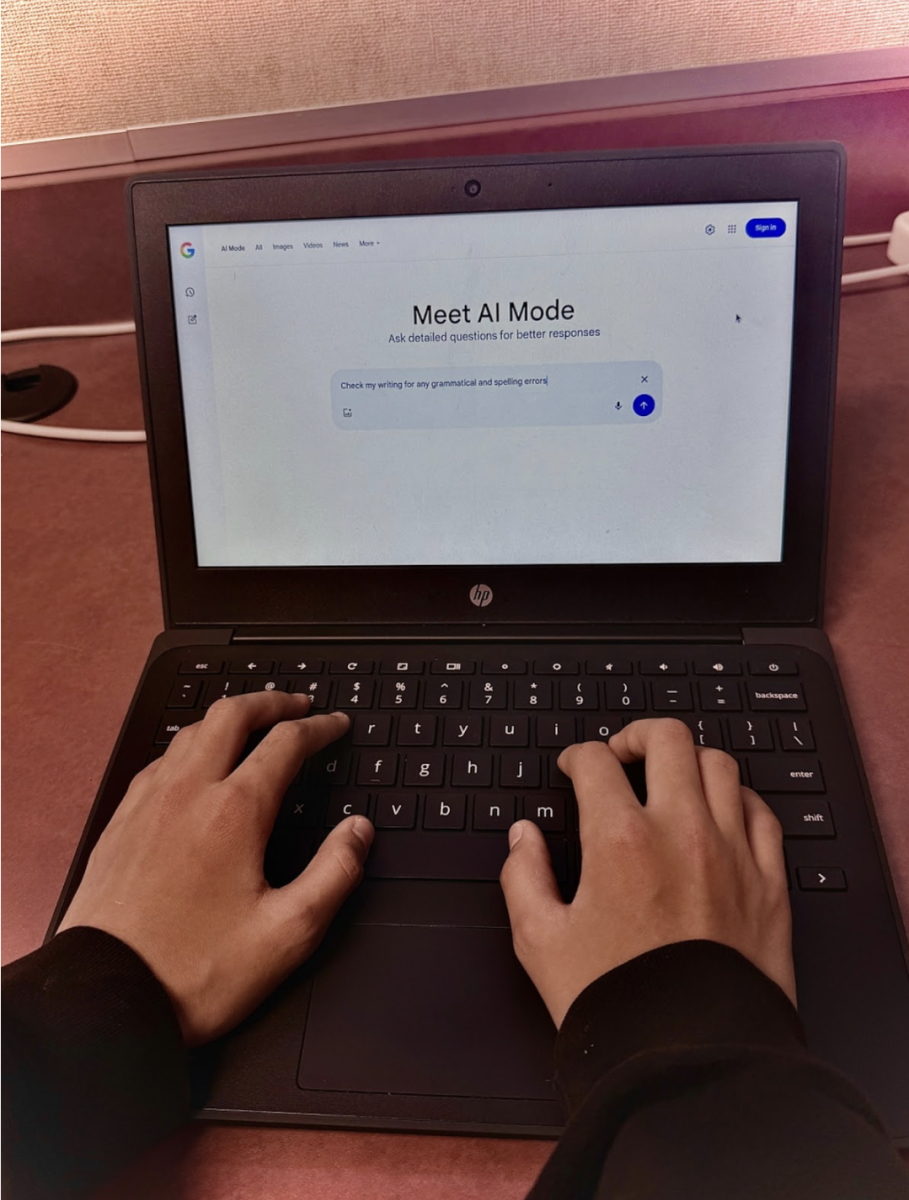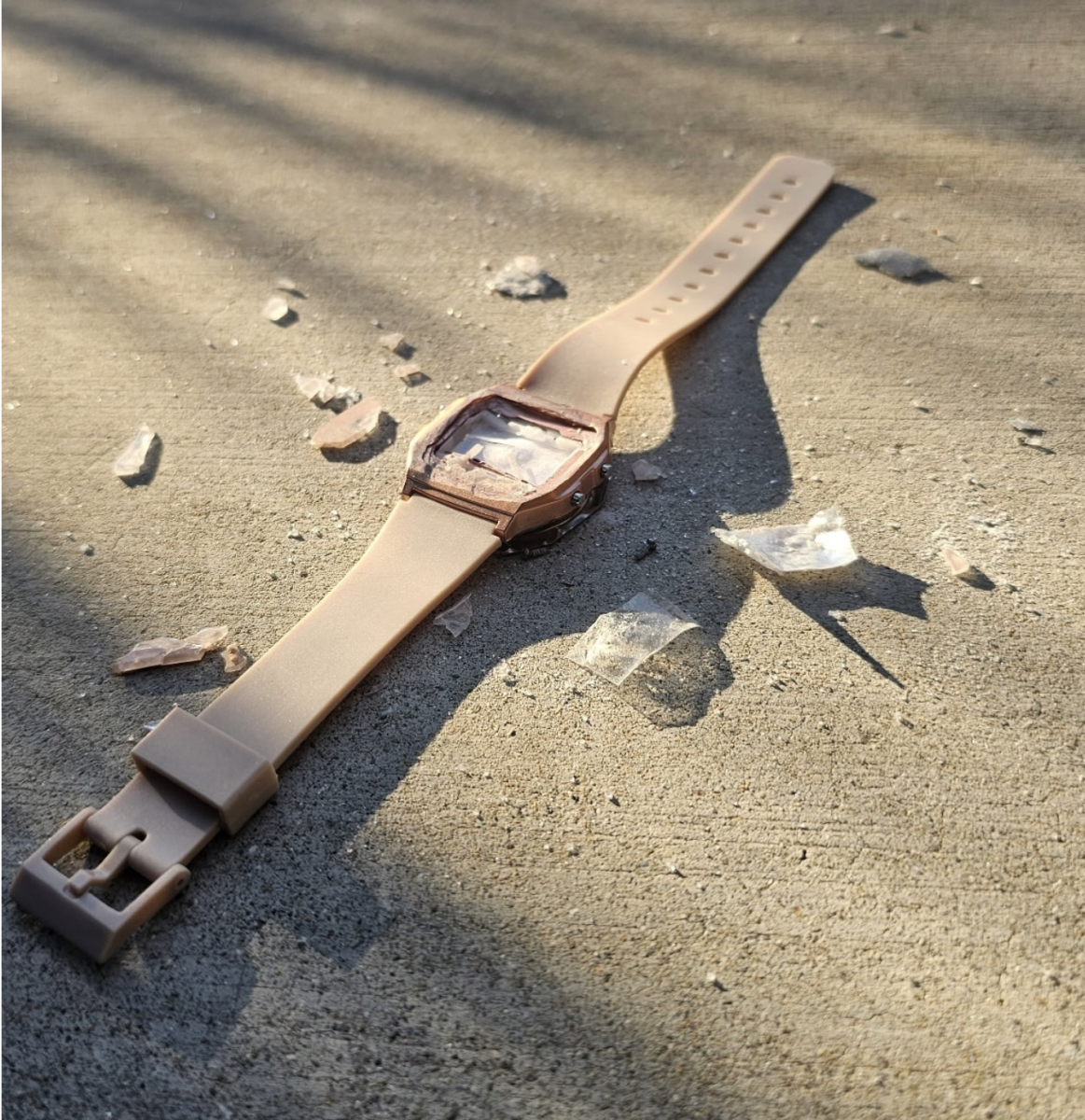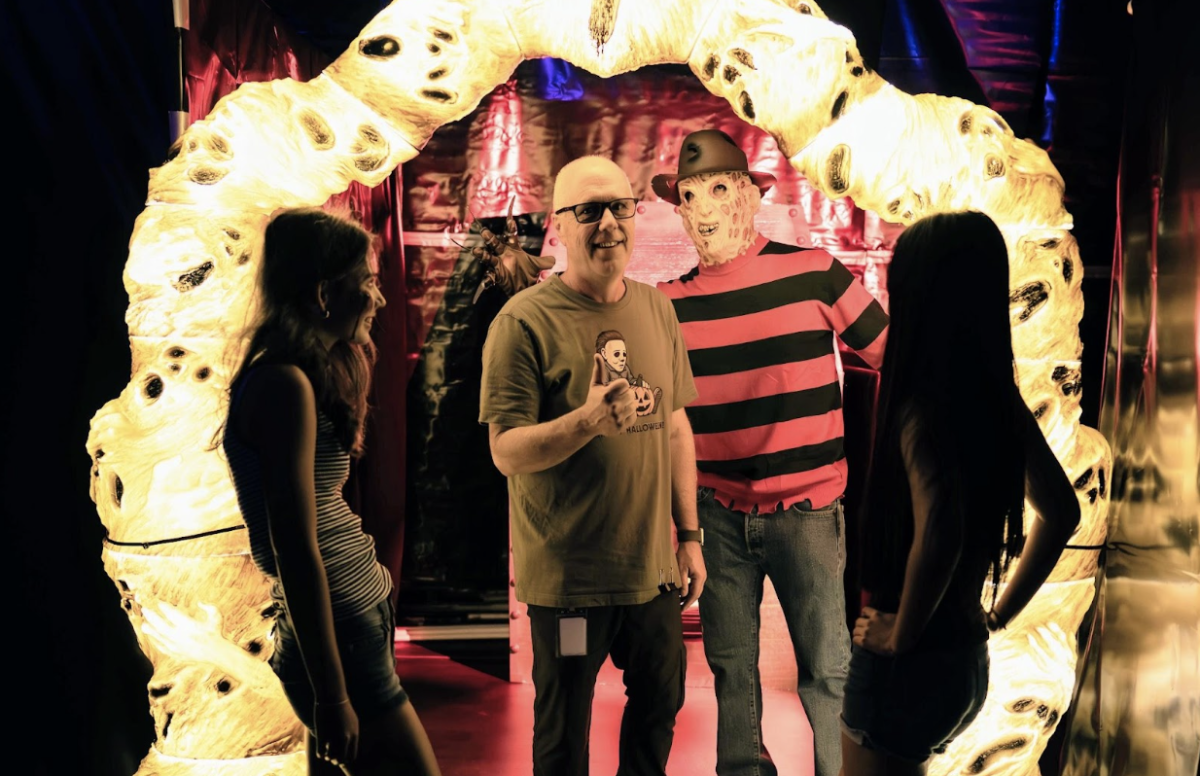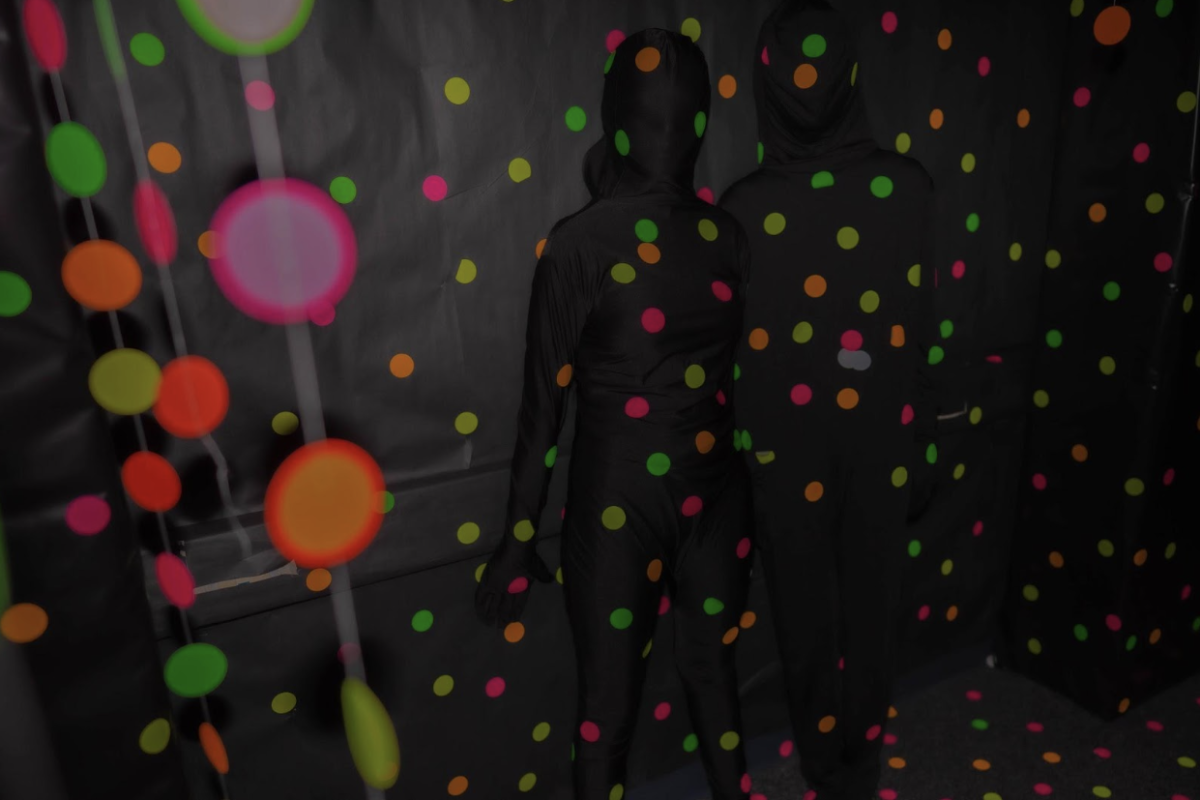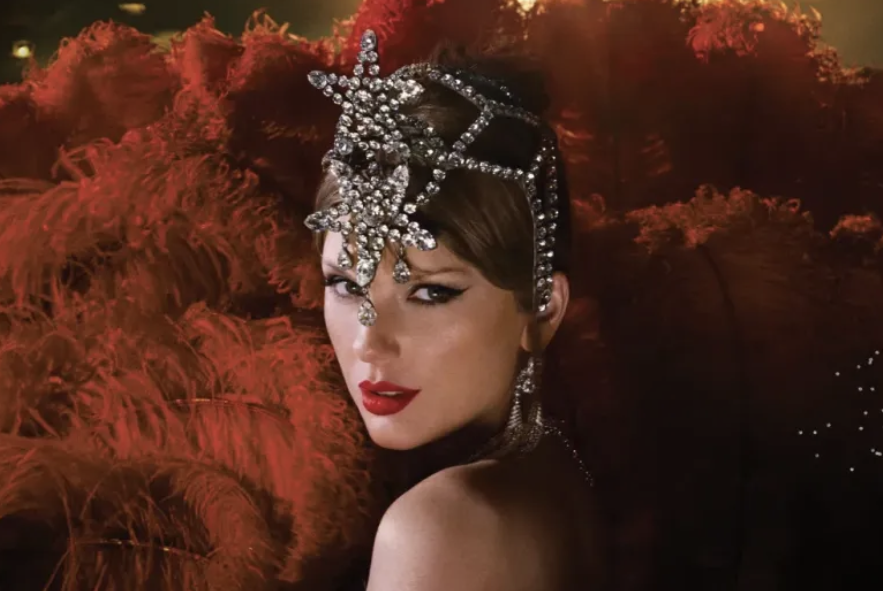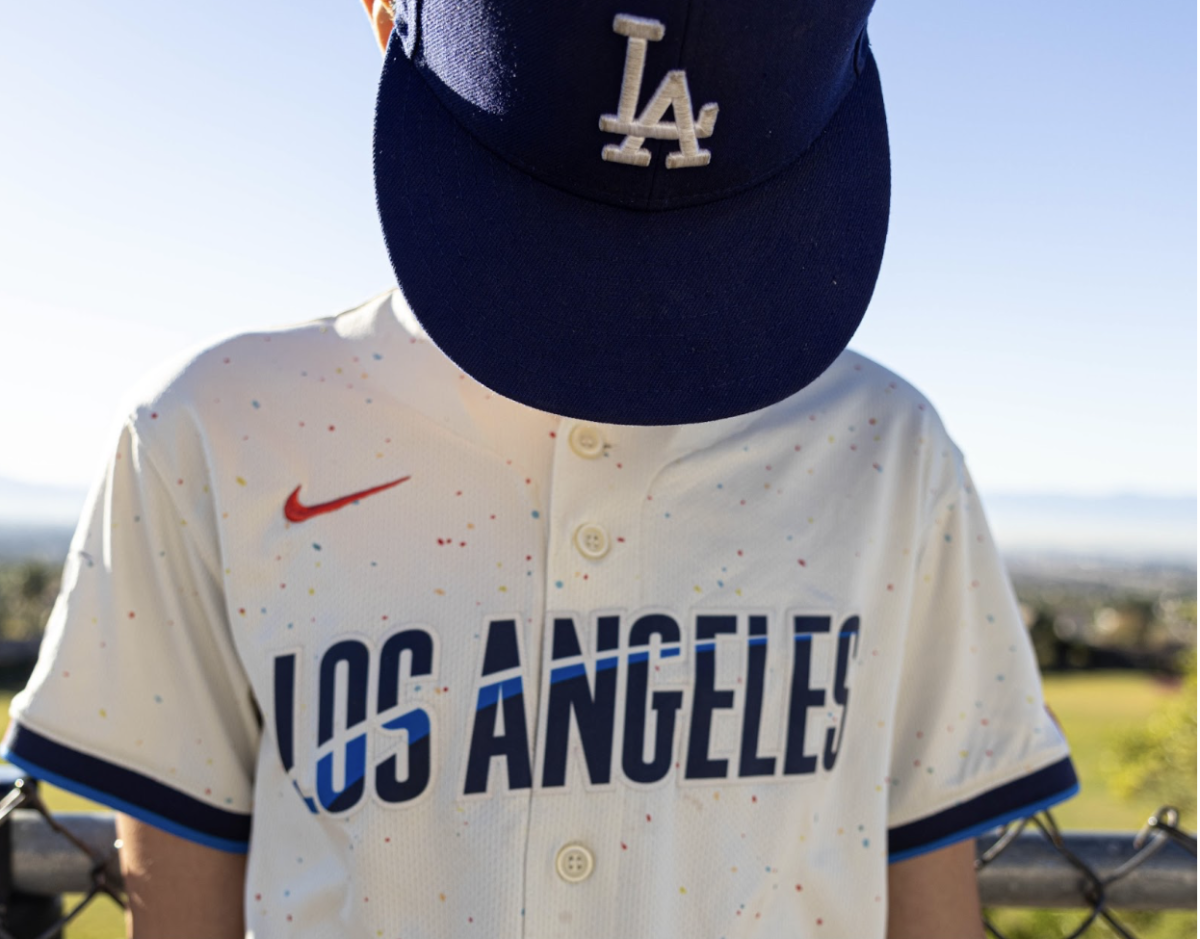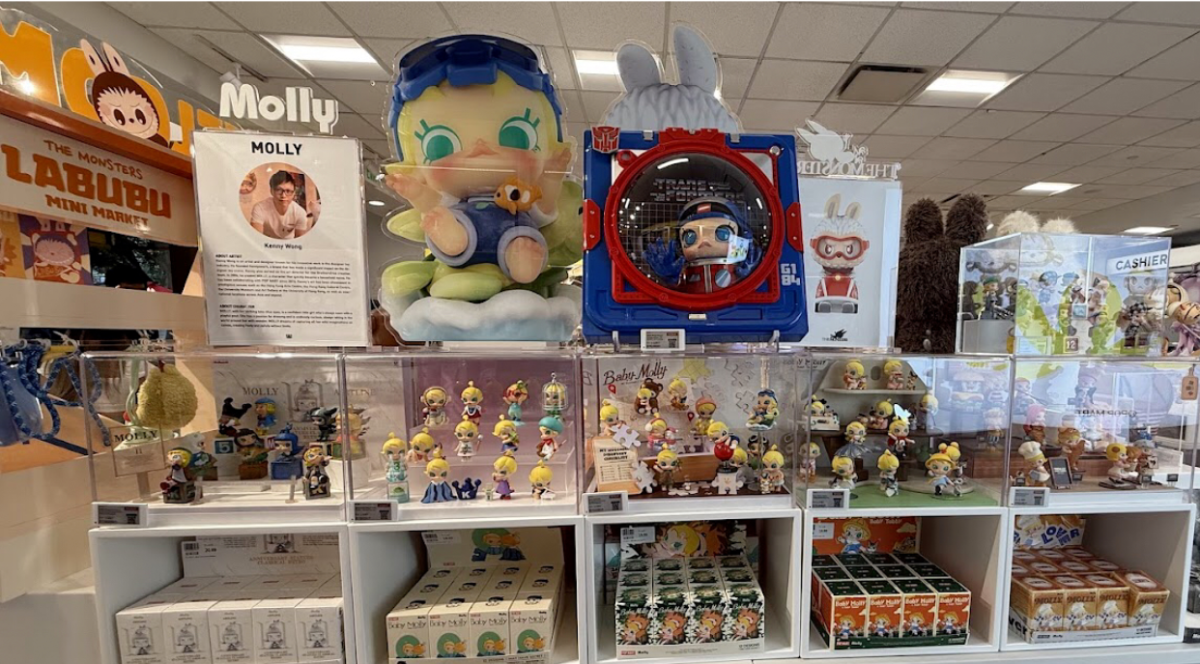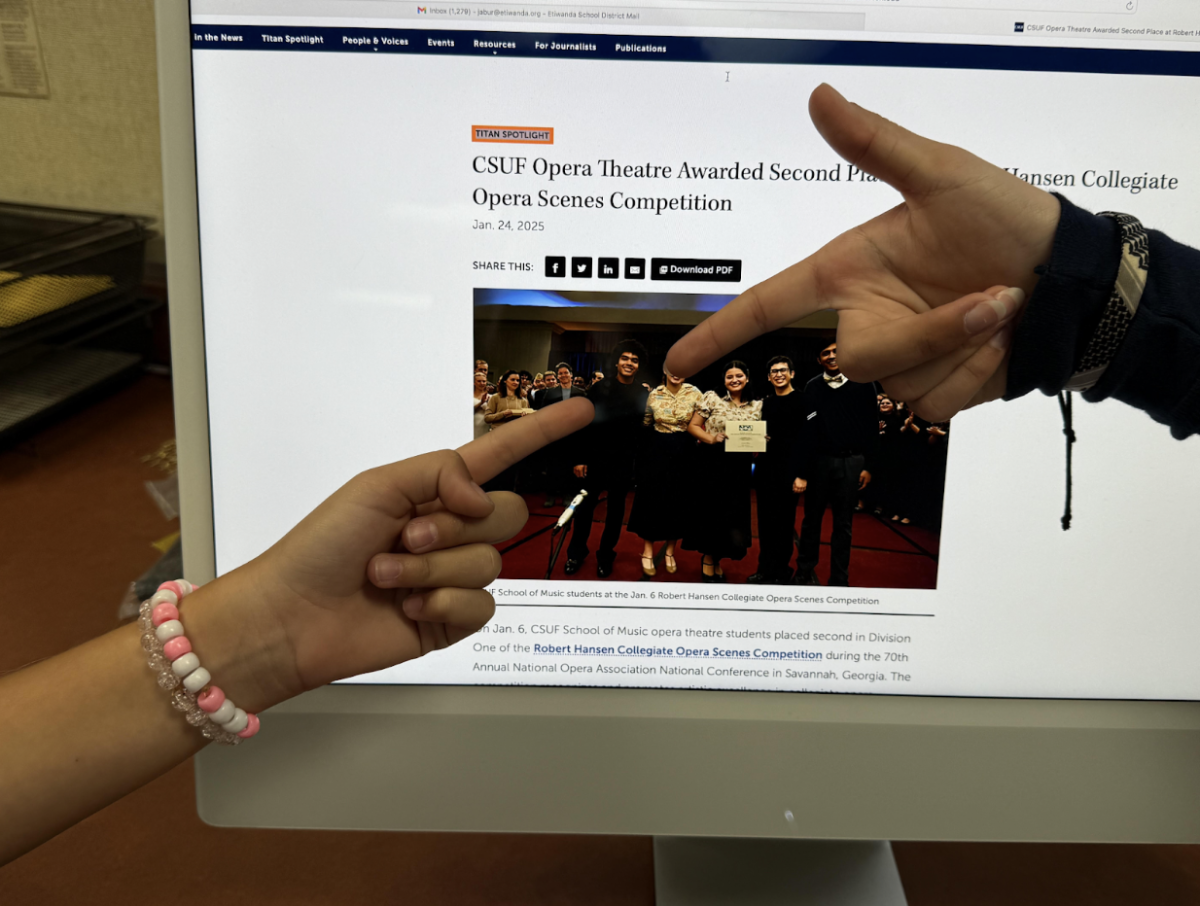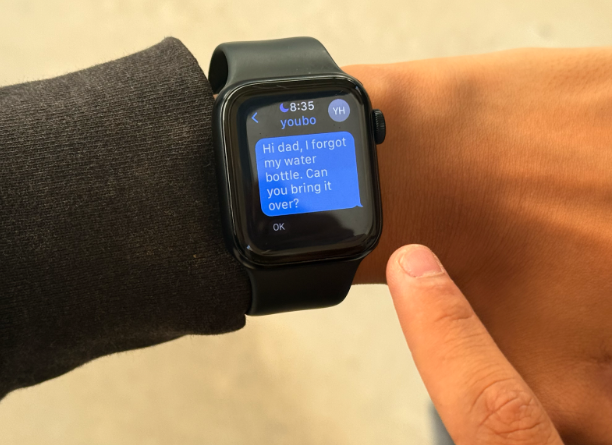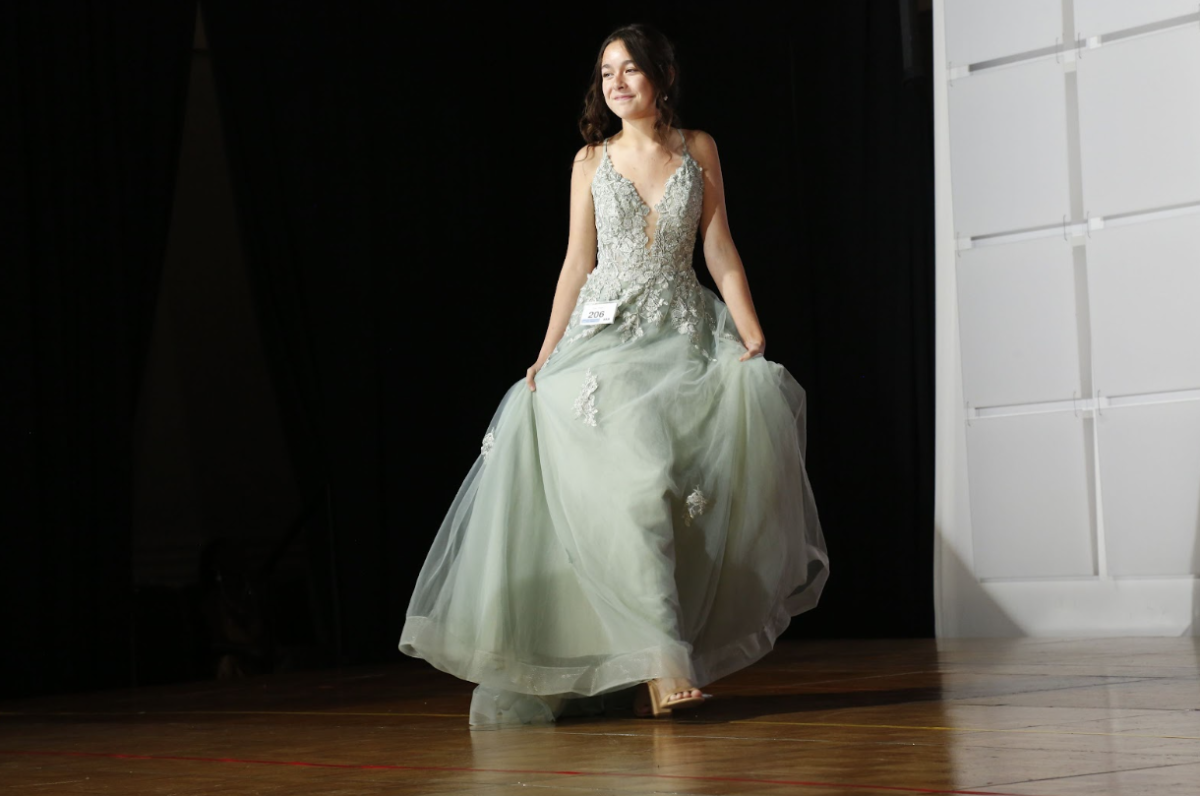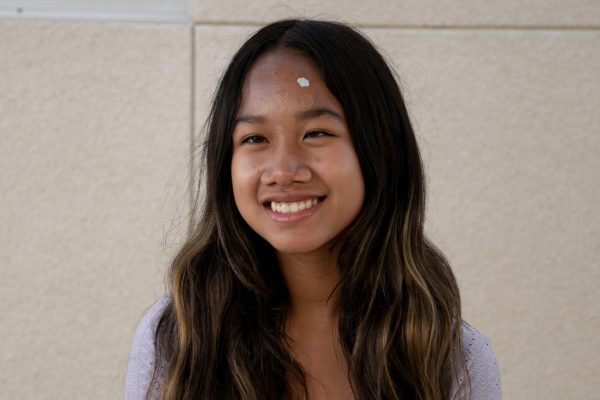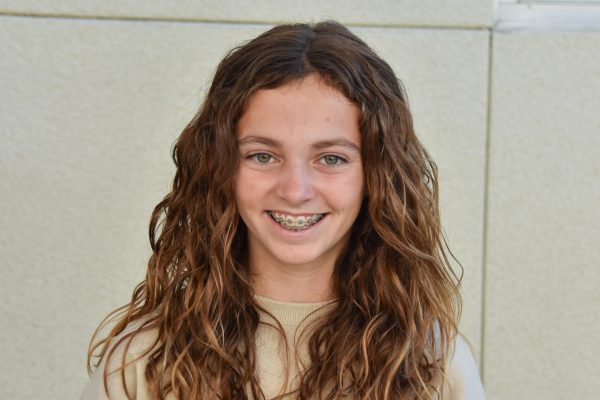Movie romance is complete 💩. And we teenagers live in the middle of the facade. To catch a break from math homework, school drama, and those extracurricular activities that parents vicariously live through (yep, we’re looking at you, soccer-mom), Netflix and all provide us with shows like Gilmore Girls. And, the response? A pile of Kleenex.
Among the myriad of emotions and genres, love stories and rom-coms are the worst of violators.
Prominent titles like “To All the Boys I’ve Loved Before,” “10 Things I Hate About You,” “The Proposal,” “Flipped,” and “She’s the Man” have woven themselves into the hearts of lovesick teenage fans. We’ve taped some of those movie posters on the teal walls of our bedrooms, and swoon over those seemingly “perfect moments” during our 101st viewing. We gush once again at that same scene that aims to capture a faux essence of love.
Yet these cinematic portrayals also set extremely unrealistic standards for today’s dating.
Perhaps it’s the exaggerated charm of handwritten love letters, freshly picked roses, milk chocolate-covered strawberries with pink sprinkles, and sweet first kisses. Though these might seem ideal, are they realistic? Are they even necessary? When picturing our first relationships, it’s easy to be swept away by engaging narratives depicting the flawless Netflix nature of romance.
But the truth is far more complicated.
“I feel like movie romance is like, ideal, when a man is giving a woman flowers or compliments, or gets her Valentine’s candies and stuff. Real life isn’t always like that,” said 7th grader Alaina W.
Beyond gift-giving, movies often fail to show the inevitable conflicts in relationships: the bruised feelings, ongoing arguments, and temptation of infidelity. Movie plots usually avoid the icks. There’s seldom mention of dry texting, the not-so inconspicuous picking of the nose, a laundry load long overdue for a spin in the washing machine, and ongoing disagreements over stupid things like who ate that last slice of pepperoni pizza.
“The complications of relationships like arguing [usually arise from the] bumps in the road that couples experience, such as disagreements like something financially” said 8th grader Gabriella C.
Yet, maybe that’s what’s actually good about reality.
“In real life, if you mess up in a relationship but decide to stay together, it can help you grow to the point where you have a good relationship even though you have gone through the hardships,” said 7th grader Mya G.
Yet rom-coms oversimplify the journey. They rehash the fiction of ‘soulmates,’ destined to be together against all odds. In truth, dating (and life in general) is filled with awkward moments, three-month situationships, failed attempts at lasting connection, and tragic break-ups that may just require the consolation of Ben and Jerry’s.
“[Films] always show ‘perfect people’ ending up together,” said Mya G. “You automatically get the right person on the first try because that’s the standard set. But in real life, it takes multiple attempts to find that person.”
Even as junior highers, we’re well aware that speed bumps in relationships are unavoidable. We’ve all seen mom and dad wrestling through their quarrels and miscommunications.
“Whenever [my parents] are arguing over something that’s dumb, I know that they will be fine,” said 7th grader Taylor S.
It almost always ends up fine. But when movies do show tribulation, it’s often glossed over as a plot device – designed so the main character can finally find the perfect love that’s been right under her nose all along.
As we look to these movies to grasp an understanding of what real dating is like, we have to admit that it’s often far from authentic. This wild and uncharted territory of potential relationships (yikes!), is nearly impossible to juxtapose with the typical rom-com. Unfortunately, most teen ‘relationships’ are far from Hallmark specials


